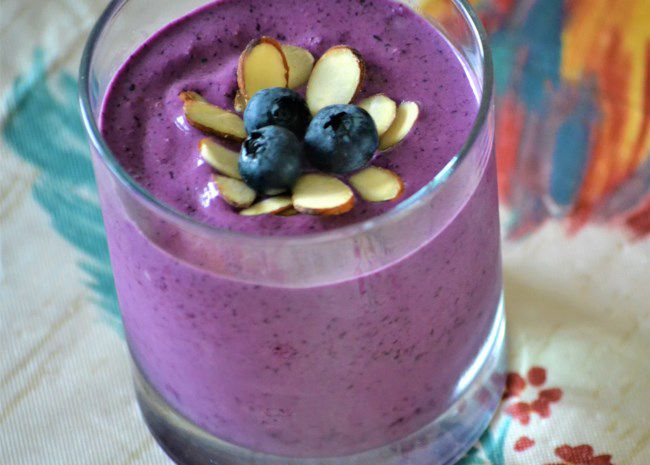You’ve not lived until you’ve stood over a trashcan or large bowl, peeling dozens of carrots for a souffle, picnic slaw or cake. It’s one of the first things people learn about cooking carrots — the exterior layer has to come off. (It was also, I discovered, a good way for my grandmother to occupy an eager kitchen helper who had very few skills to offer.)
But do they really have to be peeled?
As it turns out, no.
As long as you wash and scrub the root vegetables before chopping, dicing, or otherwise preparing them for a recipe, you’re likely okay. Carrot skins are not as thick as some other vegetable skins, like potatoes or beets. But unlike potatoes, they aren’t typically appreciated so they’re instinctively shorn.
That’s likely because carrot skins can turn bitter and dry when they’re cooked. For some, the flavor difference is barely noticeable, but for others, the earthiness is a complete turn-off. Carrots’ glossy exteriors may also turn dusty and dry in the heat of an oven. Visually, these carrots aren’t appealing, and when you eat with your eyes first, a sleek, shimmery carrot will probably win out.
Are All of a Carrot’s Nutrients in the Peel?
One reason you may be eager to leave that carrot skin on is to reap the most lucrative nutritional reward. After all, there is a great deal of nutritive difference between some root vegetable flesh and their skins. In carrots, that’s not necessary the truth.
Researchers with Tufts University point out that while carrot peels do contain some wonderful nutrients — such as vitamin C, beta-carotene, and niacin — they’re not only in the peel.

Vitamin C, for example, is most concentrated in the peel, but “appreciable amounts” can be found in the intermediate layer (phloem) of the carrot. Beta-carotene, a form of vitamin A, is also in the peel, but the phloem has equally high amounts.
Lastly, the inner core of the carrot (the xylem) has the majority of the vegetable’s calcium, phosphorus, magnesium, and potassium. You certainly won’t peel those nutrients away. And all layers of a carrot are a good source of fiber.
Bottom Line
Whether you decide to peel a carrot or not is up to you. From our tests, there is perhaps only one time when it makes sense to always peel; that is, when you’re steaming. The peel of steamed carrots can be tough, dry, and extra chewy.
But if you’re making stock, using in a roast, stewing in a slow cooker, juicing, or pureeing for soup, give those carrots a good scrub with a stiff vegetable brush to remove the dirt and debris, then put them straight into your dish if you like. That will save you time and add a few more nutritional perks to your final recipe.
Related:
- Can you Eat Carrot Greens? And What to Do With Them?
- How to Store Carrots to Keep Them Fresh
- How to Make the Best Carrot Cake




